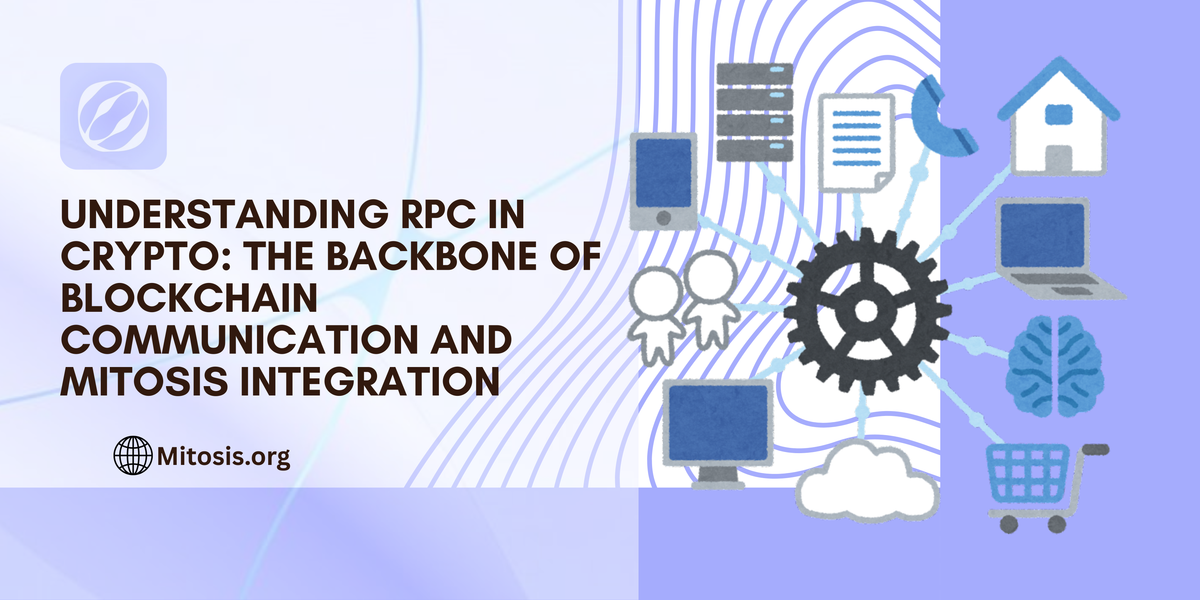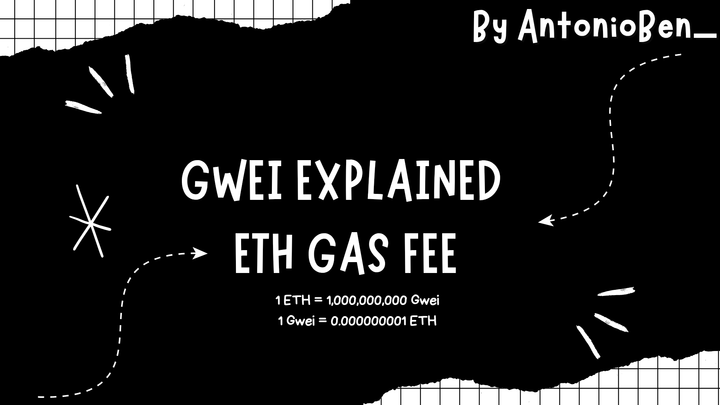Understanding RPC in Crypto: The Backbone of Blockchain Communication and Mitosis Integration

Remote Procedure Call (RPC) is a protocol that enables applications to communicate with blockchain networks. In the context of cryptocurrencies, RPC allows decentralized applications (dApps) and wallets to interact with blockchain nodes, facilitating operations such as querying data and submitting transactions. This communication is essential for the functionality of various blockchain-based services. CoinGecko+1Mitosis University+1GetBlock.io
How RPC Works in Crypto
RPC operates on a client-server model, where the client sends a request to the server (blockchain node) to perform specific actions. These actions can include retrieving account balances, sending transactions, or interacting with smart contracts. The server processes the request and returns the result to the client, enabling seamless interaction with the blockchain without the need for the client to run a full node. GetBlock.io+1Unchained+1Medium+1GetBlock.io+1
Public vs. Private RPC Endpoints
Public RPC endpoints are accessible to anyone and are commonly used for development and testing purposes. However, they may be less reliable and secure due to potential overuse and exposure to malicious activities. Private RPC endpoints, on the other hand, are restricted to specific users or applications, offering enhanced security, reliability, and performance. Unchained+3CoinGecko+3Ankr+3
Importance of RPC in dApp Development
For developers building decentralized applications, RPC is a critical component that allows their applications to interact with the blockchain. By using RPC, developers can execute functions such as reading blockchain data, sending transactions, and deploying smart contracts, all of which are fundamental to dApp functionality. See https://medium.com/%40opensiddhu993/creating-a-blockchain-part-7-rpc-protocol-78469a2757b4?
Mitosis and RPC Integration
Mitosis is a network designed for programmable liquidity, enabling the tokenization of liquidity positions and seamless integration into the DeFi ecosystem. By leveraging RPC, Mitosis allows users to interact with its network efficiently, facilitating operations such as staking, liquidity provision, and governance participation. Mitosis
Mitosis Testnet and RPC Configuration
The Mitosis Testnet provides developers with an environment to test and deploy applications using Mitosis's infrastructure. To connect to the Mitosis Testnet, developers can use the following RPC endpoint: https://124832.rpc.thirdweb.com. This setup allows for experimentation and development within the Mitosis ecosystem. Thirdweb+1ChainList+1
Security Considerations in RPC Usage
While RPC facilitates communication between applications and blockchain networks, it also introduces potential security risks. Unauthorized access to RPC endpoints can lead to data breaches or malicious activities. Therefore, it's crucial to implement security measures such as authentication, encryption, and access controls to protect RPC communications. Crypto.com
Performance Optimization with RPC
An efficient RPC implementation can significantly enhance the performance of blockchain applications. By optimizing RPC calls and managing resources effectively, developers can reduce latency, improve response times, and ensure a smoother user experience. This is particularly important in high-throughput applications where performance is critical. See https://www.crypto.com/glossary/rpc?
RPC Providers in the Crypto Ecosystem
Several RPC providers offer services that facilitate communication with blockchain networks. These include Alchemy, Infura, QuickNode, GetBlock, and Ankr, among others. Each provider offers different features, performance levels, and pricing models, allowing developers to choose the best fit for their specific needs. CoinGecko+1GetBlock.io+1
Mitosis's Role in Enhancing DeFi through RPC
By integrating RPC into its infrastructure, Mitosis enhances the functionality and accessibility of decentralized finance (DeFi) applications. Users can interact with Mitosis's programmable liquidity features, participate in staking, and manage their assets more effectively, contributing to the growth and adoption of DeFi solutions. See https://www.crypto.com/glossary/rpc?
Future Developments in RPC Technology
As blockchain technology evolves, RPC protocols are expected to become more advanced, offering improved performance, scalability, and security. Innovations such as relay mining and decentralized RPC networks aim to address current limitations and enhance the robustness of blockchain communications. See arXiv
Educational Resources on RPC and Mitosis
Resources such as the Mitosis University provide comprehensive guides and tutorials for those interested in learning more about RPC and its applications within the Mitosis ecosystem. These educational materials help users understand the technical aspects and practical implementations of RPC in blockchain development. See https://www.crypto.com/glossary/rpc?
Community Engagement and Support
Mitosis fosters a vibrant community where developers and users can collaborate, share knowledge, and support each other in leveraging RPC for blockchain applications. Engaging with the community through forums, social media, and events can provide valuable insights and assistance in navigating the complexities of RPC integration.
Practical Applications of RPC in Mitosis
Through RPC, users can perform various operations within the Mitosis network, such as querying liquidity pools, executing trades, and participating in governance. These functionalities demonstrate the practical applications of RPC in enabling dynamic and interactive blockchain experiences.
Conclusion
RPC serves as a fundamental component in the blockchain ecosystem, facilitating communication between applications and networks. Its integration into platforms like Mitosis underscores its importance in enabling efficient, secure, and scalable blockchain interactions. As the technology continues to advance, RPC will remain a critical element in the development and operation of decentralized applications.
🔗Links:



Comments ()